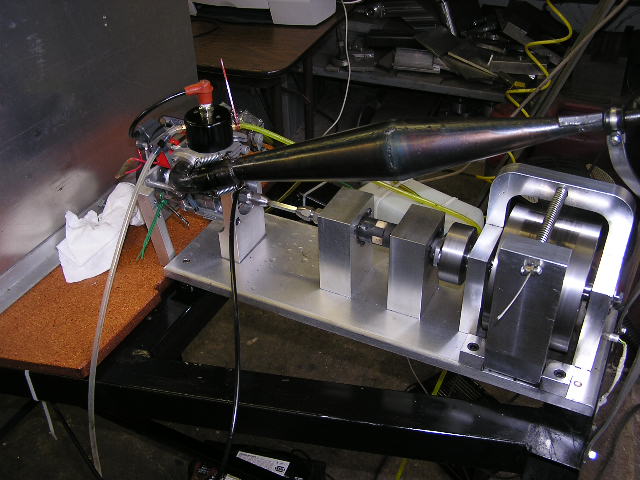im working on a dyno project for measuring HP of 1/5 scale rc engine(23 through 31cc, about 3 to 5 HP).
found this handy computer program that uses audio input signal to read RPM. you put a magnet somewhere on a rotating part and put a coil next to the magnet (you can even just use an earbud as the coil).
https://sites.google.com/site/simpledyno/home
already tested the HP of one of my homemade air powered engines. it put out 70 milihorsepower!
now that i have tested the software i am ready to start building the real dyno.
i think i will start with an engine dyno because its easy. them make a chassis dyno maybe.
found this handy computer program that uses audio input signal to read RPM. you put a magnet somewhere on a rotating part and put a coil next to the magnet (you can even just use an earbud as the coil).
https://sites.google.com/site/simpledyno/home
already tested the HP of one of my homemade air powered engines. it put out 70 milihorsepower!
now that i have tested the software i am ready to start building the real dyno.
i think i will start with an engine dyno because its easy. them make a chassis dyno maybe.






